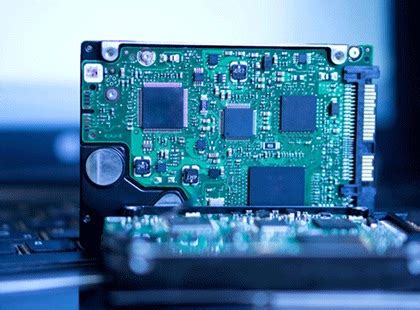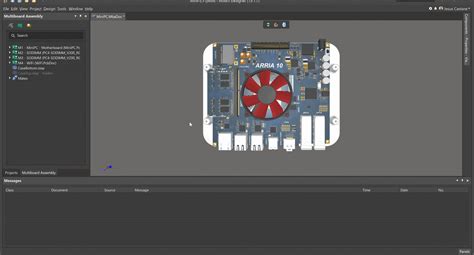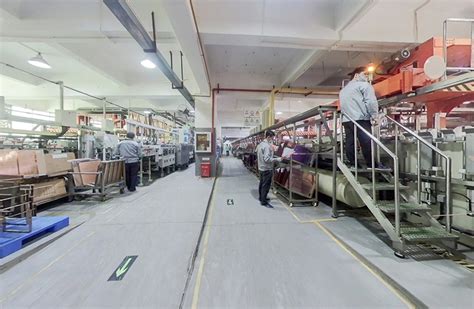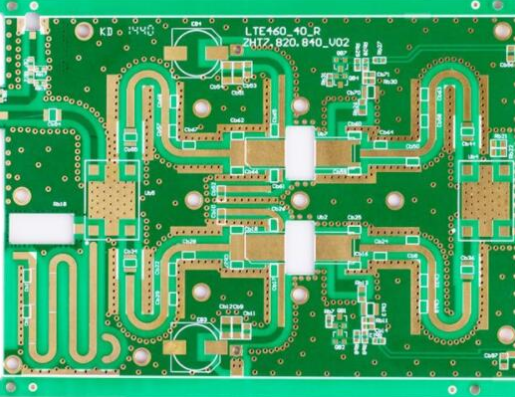Mastering Circuit Board Assembly for Maximum Efficiency and Quality
Key Takeaways
Mastering pcb assembly requires a comprehensive understanding of several critical components and processes. Firstly, recognizing the importance of each element on the circuit board is essential for successful pcba. Having the right tools and equipment ensures efficiency; however, it’s equally crucial to implement best practices during the assembly process. Integrating efficient workflows and optimizing layouts can dramatically reduce production time while maintaining quality. Additionally, committing to rigorous quality control measures is vital in identifying defects early in the manufacturing cycle, thus enhancing end-product reliability. Embracing advanced techniques—such as automated soldering processes or utilizing advanced materials—can further elevate performance. Staying informed about future trends in pcb assembly, like eco-friendly practices or miniaturization, empowers professionals to adapt and innovate effectively. Overall, a focus on these key areas can lead to optimal results in every project involving pcb assembly and ensure high standards for quality and efficiency.
Introduction to Circuit Board Assembly
The world of pcb assembly is essential for the design and manufacturing of electronic devices. A circuit board assembly (commonly referred to as PCBA) involves a complex interplay of technology and craftsmanship, where precision and attention to detail are paramount. Understanding the fundamentals of circuit board assembly is crucial for anyone looking to enhance their skills and ensure optimal outcomes in their projects.
In this process, various components are meticulously placed on a circuit board and soldered in place. Each component plays a significant role in the functioning of the device, making it vital to select high-quality materials and adhere to best practices throughout the assembly process.
| Component | Function |
|---|---|
| Resistors | Limit current flow |
| Capacitors | Store energy |
| Integrated Circuits | Perform computations |
| Connectors | Facilitate connections |
Moreover, employing modern techniques can lead to improvements in both efficiency and quality. The incorporation of automated machinery may streamline certain aspects of pcb assembly, but skilled human oversight remains invaluable, particularly for intricate designs. It’s essential to understand both the technological tools available and the fundamental techniques used.
“Efficiency is doing better what is already being done.” – Peter Drucker
By embracing various tools along with disciplined techniques for pcba, practitioners can significantly reduce errors while maximizing throughput, ultimately leading to superior products that meet or exceed industry standards. Whether you are a novice or experienced assembler, mastering these concepts will undoubtedly elevate your capabilities in this ever-evolving field.
Key Components of Circuit Boards
The effectiveness of pcb assembly heavily relies on understanding the essential elements that comprise a circuit board. At the core, a printed circuit board (PCB) is constructed from multiple layers of materials that facilitate electrical connections and signal pathways. The most fundamental component is the substrate, typically made from materials like fiberglass or resin, which provides a sturdy foundation. On top of this substrate, conductive paths made from copper are etched or printed to create circuits. Additionally, various components such as resistors, capacitors, and integrated circuits (ICs) are strategically placed on the board to fulfill specific functions necessary for the intended electronic application.
In terms of assembly quality, proper placement and soldering of these components are critical. This process can be optimized through techniques like surface mount technology (SMT) and through-hole technology, both facilitating the integration of numerous components in a compact space while maintaining excellent performance standards. With careful attention to these core components during pcba, it is possible to enhance reliability and functionality in any electronic device. Understanding these key aspects not only aids in achieving high-quality outcomes but also empowers engineers and technicians to troubleshoot potential issues effectively during the assembly process.
Essential Tools and Equipment for Assembly
When embarking on the journey of pcb assembly, having the right tools and equipment is critical to achieving both efficiency and quality. The foundation of any successful pcba process begins with essential equipment such as a soldering iron, which plays a pivotal role in attaching components securely to the circuit board. Additionally, utilizing a multimeter allows for accurate measurements of voltage, current, and resistance, ensuring that each connection is functioning as intended. A well-stocked toolkit should also include tweezers for precision handling of small components, and soldering wire, which is crucial for creating reliable joints in the assembly process.
Moreover, investing in a quality reflow oven or hot air rework station can significantly streamline the assembly tasks by providing efficient heating methods suitable for surface-mount devices. For effective organization during the assembly process, component storage solutions such as bins or storage trays can prevent cross-contamination of parts and maintain an orderly workspace. Having access to a reliable workbench equipped with proper lighting and anti-static mats contributes further to reducing errors during assembly. Overall, selecting the right tools enhances workflow efficiency while ensuring that quality is never compromised throughout the entire pcba process.
Best Practices for Efficient Assembly Processes
In the world of pcb assembly, efficiency is paramount to ensuring both time and cost-effectiveness in production. One of the most effective ways to enhance process efficiency is by adhering to best practices that streamline workflow while maintaining the highest standards of quality. First, it’s essential to create a well-organized workspace where all essential tools and materials are readily accessible. Implementing a standardized layout not only accelerates assembly times but also aids in reducing errors during the pcba process.
Moreover, adopting a systematic approach such as lean manufacturing principles can drastically improve productivity. This involves minimizing waste, optimizing inventory levels, and ensuring that every step in the assembly process adds value to the end product. Training team members on these principles is equally crucial; a well-informed team is more likely to spot potential inefficiencies and suggest improvements.
In addition, employing automated solutions can aid in achieving greater precision and consistency during assembly. For instance, using automated pick-and-place machines can significantly speed up component placement while minimizing human error that often occurs during manual handling. Coupling automation with rigorous quality control measures ensures that each board meets high standards before moving forward in production.
Finally, keeping an open line of communication among team members allows for continuous feedback and improvement. This practice not only enhances morale but also fosters an environment where innovative solutions can flourish, leading to an overall enhancement in efficiency during pcb assembly operations. By focusing on these best practices, organizations can create a robust framework for delivering high-quality products consistently while optimizing their resources effectively.
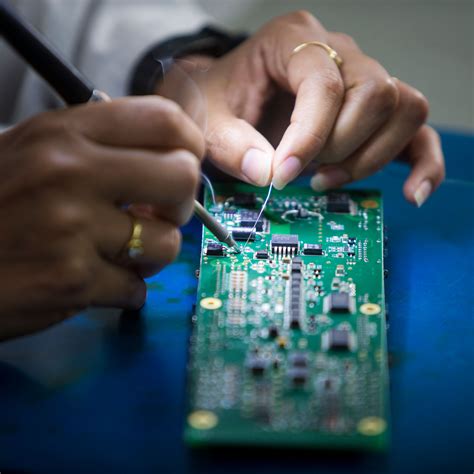
Quality Control Measures in Circuit Board Assembly
In pcb assembly, implementing effective quality control measures is crucial to ensure that each circuit board meets the required standards for performance and reliability. A comprehensive quality management system can significantly reduce the likelihood of defects and enhance overall product quality. One of the foundational practices in pcba is to conduct rigorous inspections at various stages of the assembly process. This includes visual inspections, automated optical inspection (AOI), and functional testing, which help identify potential issues early on. Another essential measure is maintaining strict adherence to industry standards, such as IPC-A-610, which outlines acceptability criteria for electronic assemblies. Additionally, developing a culture of accountability among team members fosters a commitment to quality, encouraging employees to take ownership of their work and report any inconsistencies promptly. By prioritizing these measures, manufacturers can achieve higher levels of precision and reliability in their pcb assembly projects, ultimately leading to increased customer satisfaction and reduced costs associated with rework and returns.
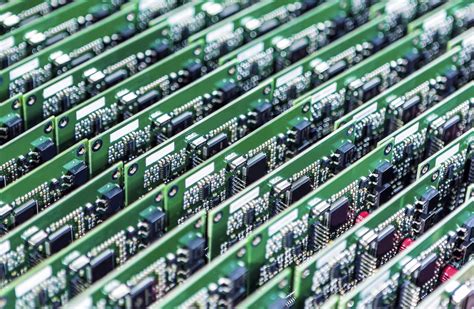
Troubleshooting Common Assembly Issues
When embarking on pcb assembly, encountering issues is a common aspect of the process. One prevalent problem can be incomplete solder joints, which often results from inadequate heat or insufficient solder material. To prevent this, it is critical to ensure that the soldering equipment is correctly calibrated and that the pcba components are properly aligned before initiating the soldering process. Another frequent hurdle is misaligned components, which can lead to circuit malfunctions. To address this, regular inspection during assembly, along with using fixtures or jigs to secure parts in place, can significantly enhance precision. Furthermore, issues related to surface mount technology (SMT) placement can arise, often due to debris on the circuit board or improper programming of pick-and-place machines. A clean working environment and routine maintenance of equipment can effectively combat these challenges. By establishing a proactive approach to troubleshooting during the pcb assembly, teams can minimize downtime and maintain high standards of quality throughout their projects.

Advanced Techniques for Enhanced Performance
In today’s rapidly evolving electronics industry, pcb assembly has become increasingly complex, requiring innovative techniques to achieve optimal performance. One advanced method gaining traction is the use of automated optical inspection (AOI) systems. These systems provide real-time verification during the pcba process, ensuring that components are placed correctly and soldered efficiently. By integrating machine learning algorithms, AOI systems can adapt and improve their inspection parameters over time, thus enhancing accuracy and reducing error rates.
Another valuable technique is the implementation of design for manufacturability (DFM) principles, which optimize the design of a circuit board before the assembly phase. This proactive approach minimizes common assembly pitfalls and maximizes yield during production. Pairing DFM with chip-on-board (COB) technology can also improve thermal performance and reduce the physical footprint of complex assemblies.
Furthermore, utilizing modular assembly practices allows teams to work on different segments of a project simultaneously. This parallelism not only speeds up the overall assembly process but also enhances collaboration among team members. In conjunction with these practices, employing a robust supply chain management system can streamline parts procurement and ensure that materials are available just-in-time for production, minimizing downtime.
Ultimately, adopting these advanced techniques in your pcb assembly processes can lead to significant gains in efficiency and quality, positioning your projects for success in a competitive market landscape.
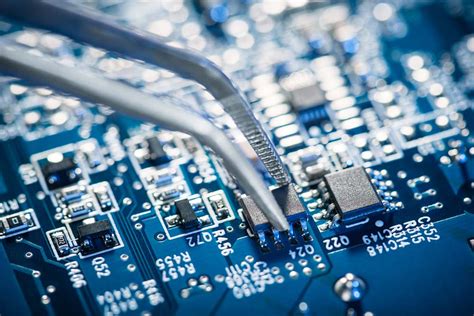
Future Trends in Circuit Board Assembly
As the demand for pcb assembly continues to rise, several emerging trends are poised to redefine the landscape of pcba manufacturing. One notable trend is the integration of automation technologies. Automated processes enhance speed and precision in assembly, significantly reducing the likelihood of human error. Additionally, innovations in materials science are paving the way for flexible circuit boards, allowing for more compact and efficient designs. As a result, designers and engineers can create more intricate products that meet modern consumer demands. Furthermore, sustainability is becoming a priority; companies are increasingly adopting eco-friendly practices in their circuit board assembly processes, such as using lead-free solder and recycling materials. The incorporation of artificial intelligence in quality control measures also enhances the ability to detect defects early in the pcb assembly process, ensuring higher quality overall. These trends collectively spotlight an industry that is rapidly evolving towards greater efficiency and quality assurance, establishing new standards for future pcba projects.
Conclusion
In the realm of pcb assembly, mastering the key techniques and understanding the integral components of the process are crucial for achieving maximum efficiency and quality. Each step, from selecting the right materials to utilizing essential tools, directly influences the final output. Best practices play a significant role in mitigating errors during pcba, ensuring that circuits function effectively once assembled. Quality control measures are not merely a checkpoint; instead, they serve as an ongoing commitment to excellence throughout each phase of assembly. As technology advances, future trends in circuit board assembly will likely introduce innovative methodologies that further streamline processes and enhance product reliability. By keeping abreast of these developments, one can remain competitive and consistently produce high-quality assemblies pivotal for various applications. The journey to mastering pcb assembly is one of continuous improvement and adaptation, ultimately leading to optimal project outcomes.
FAQs
What is PCB assembly?
PCB assembly, or PCBA, refers to the process of connecting various electronic components onto a circuit board to create a functional device. This entire procedure is critical for producing electronic products ranging from simple gadgets to complex machinery.
What are the common methods used in PCB assembly?
Common methods of PCB assembly include Surface Mount Technology (SMT), which involves placing components directly onto the surface of the board, and Through-Hole Technology, where leads are inserted into holes and soldered. Each method has its advantages depending on the application.
How can I ensure high quality in my PCB assembly projects?
To achieve high quality in your PCBA, implement stringent quality control measures throughout the process. This includes thorough inspections at various stages, testing for functionality, and adhering to industry standards.
What tools do I need for efficient PCB assembly?
Essential tools for efficient PCB assembly include soldering irons, reflow ovens for SMT processes, stencils for applying solder paste, and inspection equipment such as magnifying glasses or automated optical inspection (AOI) machines.
What are some common issues faced during PCB assembly?
Common issues in PCB assembly can include misalignment of components, insufficient solder joints, or contamination on the board. Identifying these issues early on can save time and resources.


